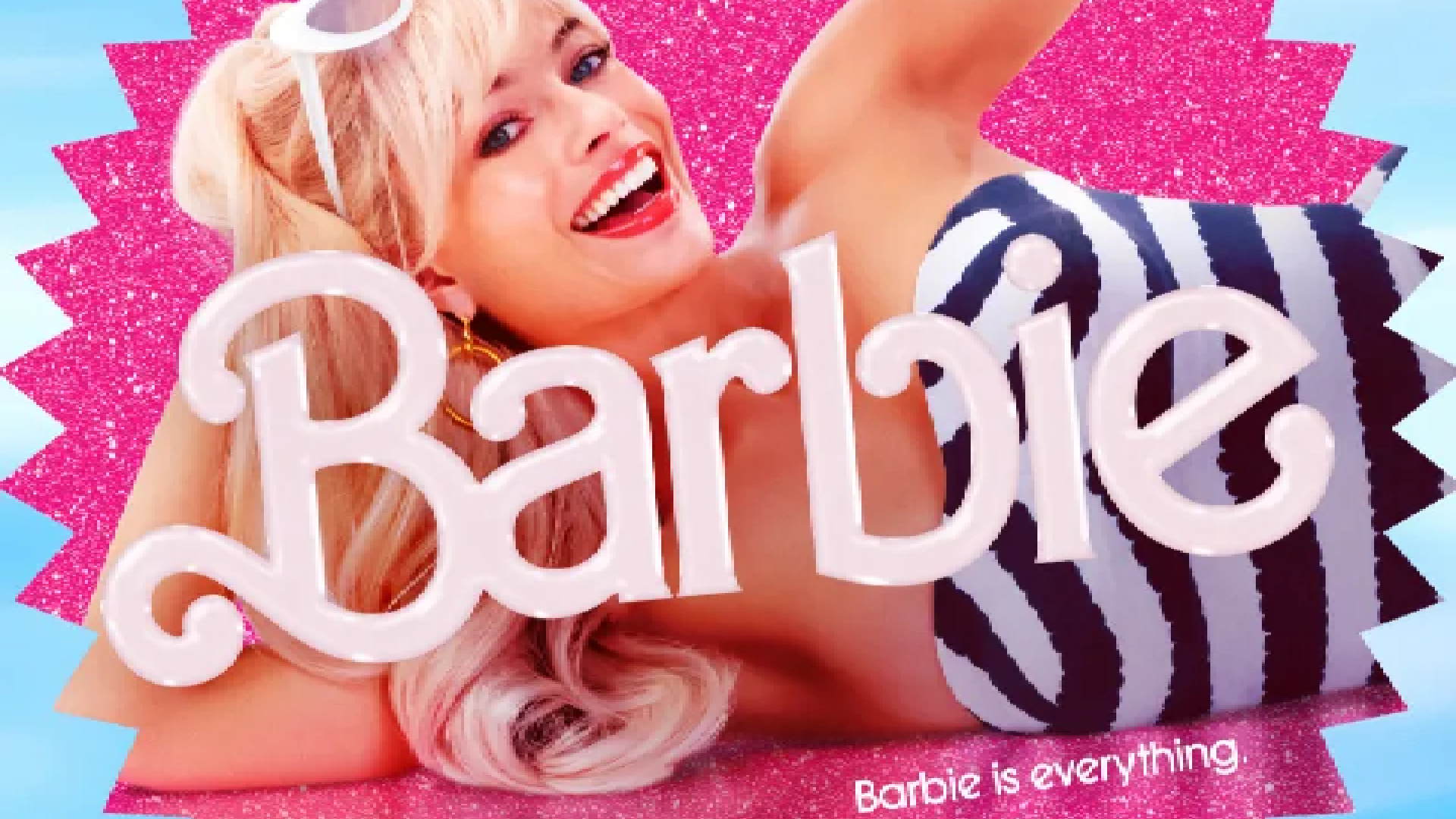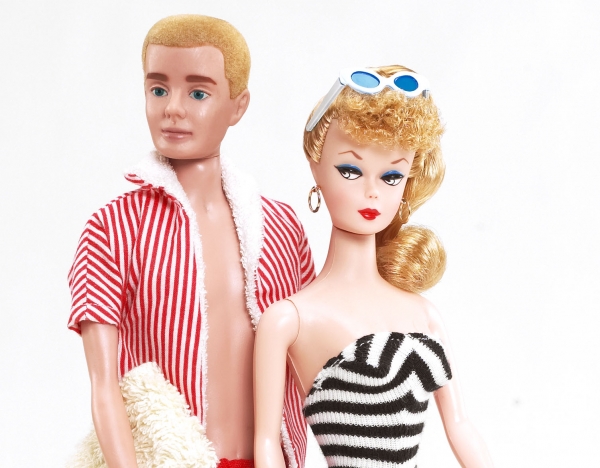
Barbie has been a mainstay of popular culture since 1959, when the first dolls were released. Generations of children have grown up playing with the dolls and watching Barbie on the big (and small) screen. Like any brand that’s been going for so long, it’s had to reinvent itself a little to survive and remain near the top of the food chain. But that isn't easy – as the best and worst rebrands of 2023 show, it's possible get it right, but it's also easy to get it very wrong.
However, last year, Barbie got it right. The Barbie brand, after a decade or two of struggle, has been near-ubiquitous over the last year or so – and it’s all down to an expert rebrand – with 2023’s Barbie movie playing a huge part, of course.
honestly like barbie was a cultural phenomenon primarily because it was an event you go to with all of your hot friends in your very best on theme outfits and we desperately need more of that energy year roundAugust 12, 2023
Over the years, Mattel has had to compete with rivals like Pedigree Dolls & Toys and the company’s Sindy doll, which was bought by Hasbro in the 1980s, but saw off the competition as Barbie reigned supreme.

But come the 2000s, MGA Entertainment’s Bratz entered the market. Marketed as more edgy than Barbie, Bratz took over a lot of Barbie’s market share, with Bratz outselling Barbie in the UK in 2004, and it looked as though Barbie’s domination could have been coming to an end. And Barbie’s struggles continued throughout the 21st century, with sales declining noticeably from 2014 to 2016 in particular.
Mattel successfully sued MGA in December 2006, as it argued that Bryant developed Bratz while working for Mattel and took it to MGA. MGA countersued, while Bryant claimed that he thought up the idea for Bratz while living with his parents in between working for Mattel. MGA launched Moxie Girls as a replacement for Bratz in 2010, while that same year Mattel launched the Monster High series of dolls, perhaps as a closer competitor.
But, in 2015, Mattel changed tack and began to work with BBDO in a bid to associate Barbie with empowerment. It began to release dolls that were more diverse in size and in appearance, moving further away from the original thin, blonde Barbie. And it turned out to be a masterstroke from the company.

And then, in 2023, came the movie. It’s ironic that, while Mattel wanted to move away from the classic Barbie, the blonde-haired, blue-eyed actress Margot Robbie – a staple of ‘most beautiful actress’ lists – was in talks to play the character. But, after director Greta Gerwig discussed her vision of Barbieland, where all manner of dolls have the name Barbie, it was decided that Robbie could be a good fit after all.
basically every person in my life whether they are a part of the film community or not, whether we have talked recently or not, has texted me about either BARBIE or OPPENHEIMER or bothi’ve never witnessed the cultural zeitgeist reach this level of widespread fever pitchJuly 23, 2023
The movie was a huge success, in part due to the Barbenheimer phenomenon, but also the star-studded cast featuring not only Robbie but Ryan Gosling as Ken, Helen Mirren as the narrator, and Will Ferrell, Michael Cera, America Ferrera and John Cena among the actors who appear. And then there’s the soundtrack, which was produced by Mark Ronson and features some of the biggest pop stars on the planet right now, like Dua Lipa, Billie Eilish, Charli XCX, Nicki Minaj and Lizzo – a brilliant way to target Gen Z audiences whose childhood coincided with a period in which Barbie was struggling.

The movie’s release has also given rise to the Barbiecore fashion trend. Pink and hyperfeminity are cool again, and everyone’s embracing being a bit ‘girlypop’. This hasn’t excited in a vacuum, of course, with related fashion trends of the 2010s and 2020s including bimbocore and soft grunge, but the Barbie movie has had an undeniably massive impact on this trend.
the #Barbie star pants are ICONIC pic.twitter.com/5sFU66jnkDJanuary 14, 2024
MarketWatch has reported that the release is expected to create “significant growth” for Barbie until at least 2030, a far cry from what the brand was ten, or 20, years ago, when the brand seemed dated and a little uncool, and of course had to face accusations of promoting unrealistic body image.
The movie’s appeal goes far beyond the brand’s target market of young girls aged between three and 12. This 24-year-old man saw it twice at the cinema, once with my girlfriend and once with my friends. More of my friends and family members than I can count have seen it at the cinema at least once, whether as part of Barbenheimer or otherwise.

Grown adults are walking around with Barbie phone cases and Barbie purses before going home and drinking out of Barbie mugs while sitting on Barbie cushions. I’ve had the soundtrack on repeat ever since I saw the movie for the first time, and I was the sort of teenager who refused to listen to anything more cheerful than The Smiths.
Perhaps for the first time, Barbie is not just for young girls – and nostalgic family members who might play with their younger relatives’ collections. It’s for everyone. And that’s down to Mattel’s expert rebrand. If you haven't quite fully got your Barbie fix yet, why not check out these five wild moments from the Barbie marketing campaign, or take a look at the Barbie logo history?







